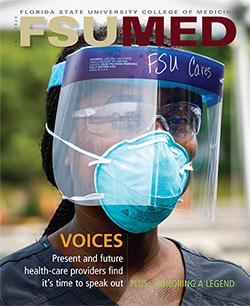• Drop/add will open for students to update their schedules as needed on January 5th at 5:00pm. The Interdisciplinary Medical Sciences (IMS) Degree Program will be hosting virtual drop-in advising via Zoom from 9:00am to 3:00pm daily starting January 6th and continuing on January 7th, 8th, and 11th. Remember that the last day of drop/add for Spring 2021 is Monday, January 11! Our academic advisors will not hold scheduled appointments during the drop/add period from January 6-11. Note: IMS will not be having in-person walk-in hours. Please consult the IMS Announcement’s Module on the IMS Homepage for the latest information on Drop/Add procedures. We will be responding to email as time allows.
Chemistry:
• Check Student Central when drop/add opens at 5:00pm on January 5 - all available seats will be shown. To see more information regarding the drop/add schedule please click here.
Biology:
• Check Student Central when drop/add opens at 5:00pm on January 5 - all available seats will be shown. To see more information regarding the drop/add schedule please click here.
English and Math:
• Any student wishing to drop a Freshman Writing course (ENC 1101, ENC 2135) or a Mathematics course (MAC 1105, MAC 1140, MAC 1114, MAC 2311, MAC 2312 or MAC 2313), will need to contact the Division of Undergraduate Studies. The system will allow you to swap these courses for similar courses, but will not allow you to drop them from your schedule. If you wish to drop one of these courses during the drop/add period or during the semester, please contact the Division of Undergraduate Studies at (850) 644-2451 or undergradstudies@fsu.edu.
Upper Division Elective Courses
- Any upper division student having trouble adding an upper division elective course from the IMS approved science or non-science lists posted on our Resources Webpage should email our office at IMSadvising@med.fsu.edu.
AP/IB/AICE Scores:
If you took tests to receive AP/IB/AICE credit during high school you must send those scores directly to FSU. Scores are not automatically sent from your high school. If you do not see your scores posted to your student account and you have already sent them you will need to reach out to the Registrar’s Office. The Registrar’s Office can be reached by phone at 850-644-6200 or email at Registrar@fsu.edu.
Departmental Prerequisite Checks:
Many higher-level science and math courses at FSU require prerequisite coursework. Departments such as Chemistry, Biology, and Mathematics are currently running prerequisite checks for their courses to ensure that all students enrolled have the correct prerequisite coursework completed. If you have taken a course over the summer as a transient student, or have received AP credit for a course that should cover a prerequisite, but you still receive communication that you will be dropped to due non-prerequisites, you will need to reach out to that department directly and provide proof that you have completed the necessary prerequisite course(s). You will need to show them an unofficial transcript or AP/IB score report with the grade to see if they can work with you to remain in your course.
Fall 2020 Transient Students:
If you were a transient student in fall 2020 at another institution you need to request to have your final transcript sent to FSU for processing. You can request official transcripts from the Registrar’s office at the school you attended this summer. Some offices have this form online, and some require you to fill out the form in person; you will need to check with them to find out which you need to do. You need to request that a final, official transcript is sent to FSU to the Office of Admissions. Once the FSU Office of Admissions staff receives the final transcript, they will post your final grades to your student account here at FSU.
Be sure you request a final transcript to ensure it has your final official grade. The transcript must come directly from the other institution in order for FSU to accept it.



